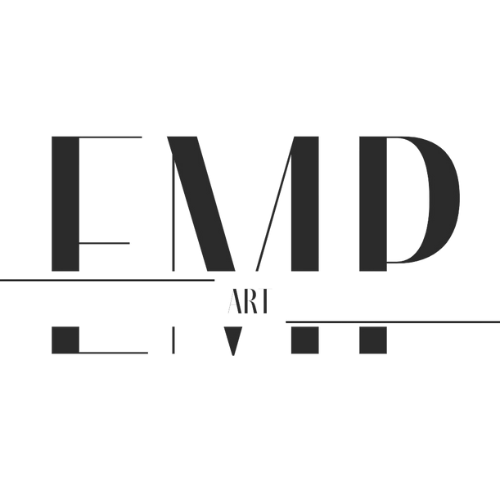Art and Emotion: Why We Need Spaces Without Words
Some emotions live beyond the reach of language.
They pulse beneath the surface, shapeless but certain — grief that defies logic, joy too big for words, healing that happens quietly in the background.
This is where art lives.
This is where abstraction thrives.
In this blog, I’ll share why art — especially abstract art — gives us something words cannot.
And why, in a world filled with language and noise, we still (and always will) need spaces that let us feel freely, without explanation.
When Words Fall Short
There are times when even our most carefully chosen words feel thin.
A heartbreak we can’t describe.
A love that feels too expansive.
A moment that passes too quickly to name but never quite leaves us.
In those moments, we don’t need more language.
We need permission to feel.
Art — particularly abstraction — becomes that permission.
It doesn’t ask us to explain ourselves.
It doesn’t expect us to make sense.
It simply offers space.
At EMP, I often begin painting from emotions I can’t yet name — and often never do.
The canvas becomes a container for something deeper than thought: a presence, a pulse, a breath.
Abstract Art as Emotional Language
Where language draws lines and definitions, abstract art invites sensation:
Color speaks in tone and temperature
Shape carries tension or release
Texture mirrors memory, weight, or movement
This visual language is ancient, primal — understood not with the mind, but with the body and heart.
Some people cry when they stand in front of a painting.
Not because they understand it, but because they recognize something in it — something wordless but deeply real.
That recognition is a kind of emotional truth that only art can carry.
Why We Need Feeling Spaces
We live in a world that often prioritizes clarity, productivity, and explanation.
But the human soul needs something else, too:
Time to reflect
Permission to not know
Space to feel without solving
Art creates that space.
And in doing so, it gives us back something essential: our emotional range.
At EMP, I create not to resolve or define, but to offer a space where people can feel — safely, quietly, and honestly.
Creating Without Needing to Explain
As an artist, there is a freedom in allowing work to exist without attaching narrative or instruction.
When I begin a piece, I’m not thinking, “What does this mean?”
I’m feeling into a moment — letting color and shape emerge from places I don’t always understand.
Sometimes, the meaning comes later.
Sometimes it doesn’t.
And that’s okay.
Because meaning isn’t always the point.
Presence is.
Truth is.
Being with something as it is — even when it’s messy, unresolved, or incomplete.
Art as a Mirror, Not a Megaphone
A painting doesn’t shout directions.
It reflects.
Each person brings their own stories, emotions, and memories to the work.
In abstraction, there is room for all of it — without needing to prove or explain anything.
This is the quiet strength of visual art:
It doesn’t ask anything of you but honesty.
And it gives you back a moment of emotional freedom in return.
At EMP, I don’t want to tell viewers what to feel.
I want to give them a space where they can feel what they already carry — and know it’s welcome.
Step into the feeling space of EMP
Honoring the Wordless Within Us
Not everything needs to be named.
Not everything can be.
When we make room for silence, for color, for shape, for movement — we make room for our fullest selves.
The parts we cannot summarize or caption.
The parts that are simply meant to be felt.
That’s what art offers.
That’s what abstract expression protects.
And that’s why we will always need spaces — like paintings, like studios, like quiet galleries — that hold us without needing us to explain ourselves.
